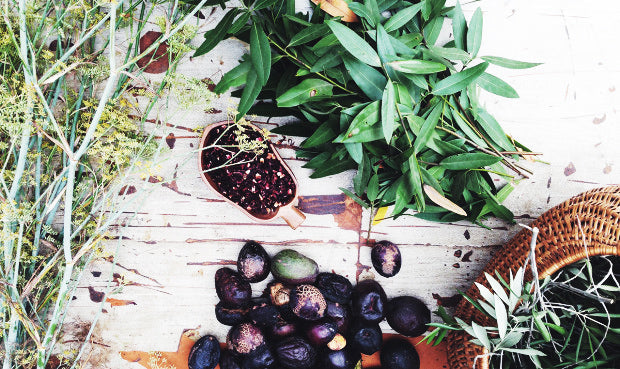
A small intro: Most of the world’s leather is made using chrome tanning method. Because it is quick and cheap. And as all things quick and cheap – synthetic.
We choose vegetable tanning. Vegetable tanning is a traditional, old-world artisan method, handed down from father to son for centuries. Nowadays it mixes antique recipes and state-of-the-art technology: it employs wooden drums, natural tannins found in some plant species, such as tree barks, branches, leaves, etc., and time...
It requires skill and patience, but the result is the most natural, the most environment-friendly and unique. And more costly. Which is a good thing. Bear with me.
Think of the bigger picture:
our main objective (and the reason for choosing leather) is to provide you with a product that will last for years, decades even. All to promote the „less is more“ mindset, because it is actually our excess and rapid consumption that weighs heaviest on the planet. The rate of purchase and disposal has dramatically increased and the world’s resources cannot keep up with our growing demand for throw-away fashion. So the best way to diminish your footprint on the environment is to buy less and buy smarter.
And the recipe for a smart bag is timeless design plus quality materials. Preferably vegetable tanned:
- Vegetable tanning requires skilled and experienced craftsmen, which makes it a fair trade industry.
- Vegetable tanned leather does not contain toxic substances harmful to man and is highly tolerable for those who suffer from metal related allergies
- Vegetable tanned leather is biodegradable. After its lifespan is over, it’s not going to stick around for another century as a guilty reminder of your fashion splurges. Also, many of the substances used during the tanning process are recovered, recycled and reused in different fields.
And to address the elephant in the room: meat is murder; leather, apparently, not so much. Skins used by our tanneries are always a by-product of the food industry. More than that, due to quality requirements, it has to be obtained from cattle that carried a good life.

